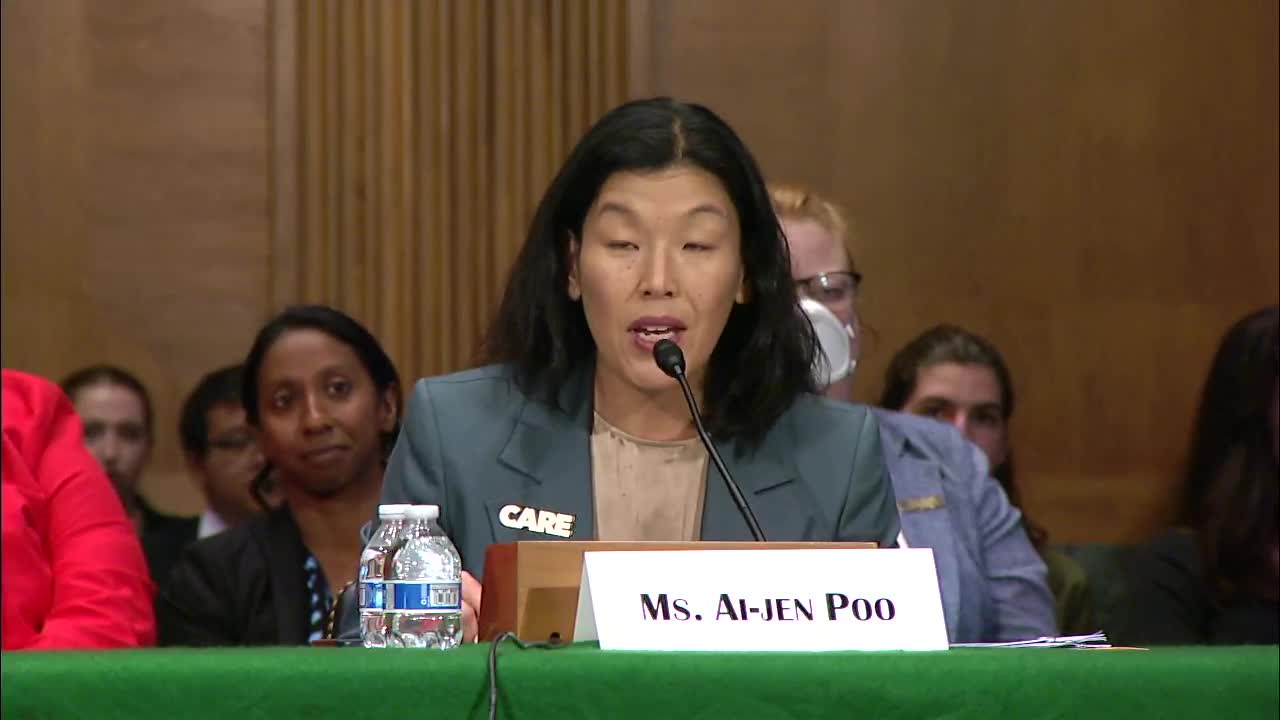Care crisis deepens as costs soar for families and workers
September 18, 2024 | Banking, Housing, and Urban Affairs: Senate Committee, Standing Committees - House & Senate, Congressional Hearings Compilation
This article was created by AI summarizing key points discussed. AI makes mistakes, so for full details and context, please refer to the video of the full meeting. Please report any errors so we can fix them. Report an error »

In a recent government meeting, discussions centered on the urgent need for reform in the care sector, highlighting the challenges faced by families and care workers across the United States. The coalition Care Can't Wait emphasized the rising demand for care services as the population ages, with projections indicating that the number of Americans over 85 will more than double by 2040. This demographic shift underscores the necessity for accessible and affordable care options.
Currently, the financial burden of care is disproportionately shouldered by middle-class families, with costs for center-based childcare exceeding rent in every state and nursing home expenses averaging $100,000 annually. Home care services can range from $60,000 to $288,000 per year, making it unaffordable for many. Alarmingly, the median income for home care workers is less than $22,000, leaving these essential workers unable to support their own families despite being in the fastest-growing occupation in the workforce.
The meeting also addressed the implications of the 2017 tax law, which significantly reduced federal revenue without adequately addressing the needs of working and middle-class families. The wealthiest households are projected to benefit substantially, while the majority, including family caregivers and care workers, will see minimal financial relief.
Advocates called for a reevaluation of public spending priorities, arguing that investments in care infrastructure are as critical as those in physical infrastructure. They stressed that without such investments, millions of working family caregivers face impossible choices between providing care and maintaining financial stability, often leading to debt and poverty. The coalition's message was clear: a comprehensive approach to care is essential for a thriving economy and society.
Currently, the financial burden of care is disproportionately shouldered by middle-class families, with costs for center-based childcare exceeding rent in every state and nursing home expenses averaging $100,000 annually. Home care services can range from $60,000 to $288,000 per year, making it unaffordable for many. Alarmingly, the median income for home care workers is less than $22,000, leaving these essential workers unable to support their own families despite being in the fastest-growing occupation in the workforce.
The meeting also addressed the implications of the 2017 tax law, which significantly reduced federal revenue without adequately addressing the needs of working and middle-class families. The wealthiest households are projected to benefit substantially, while the majority, including family caregivers and care workers, will see minimal financial relief.
Advocates called for a reevaluation of public spending priorities, arguing that investments in care infrastructure are as critical as those in physical infrastructure. They stressed that without such investments, millions of working family caregivers face impossible choices between providing care and maintaining financial stability, often leading to debt and poverty. The coalition's message was clear: a comprehensive approach to care is essential for a thriving economy and society.
View full meeting
This article is based on a recent meeting—watch the full video and explore the complete transcript for deeper insights into the discussion.
View full meeting